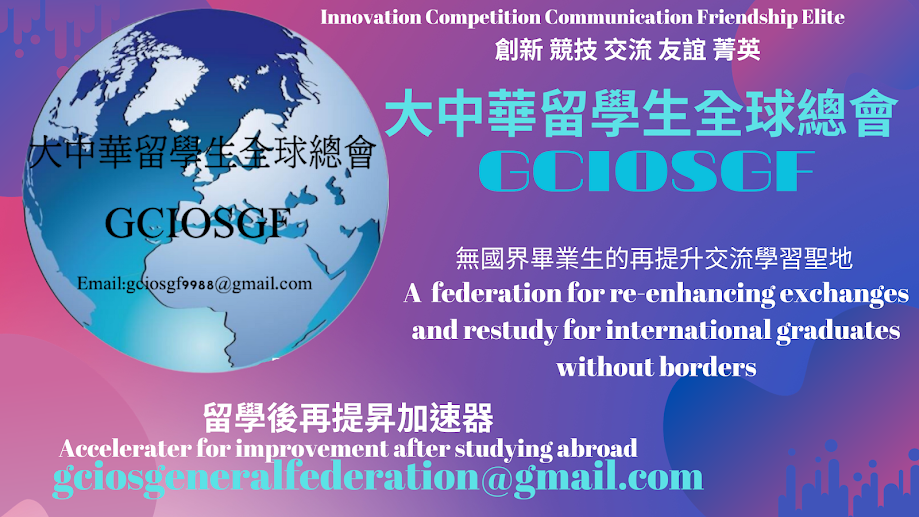GCIOSGF NEWSLETTER 會訊:
FROM Jeffrey D. Sachs, Henry B. Perry
September 18, 2023
The Lancet
Needed: a financing breakthrough at the UN High-level Meeting on Universal Health Coverage
Jeffrey D. Sachs, Henry B. Perry
September 18, 2023
The Lancet
The Political Declaration of the High-level Meeting on Universal Health Coverage,(1) scheduled for Sept 21, 2023 at the UN, is high-minded and admirable. Nations will recommit to universal health coverage (UHC) as called for by Sustainable Development Goal 3. However, the declaration will not mean much without a plan and financing to back it up. That’s the real test ahead.
The world is far from achieving UHC. According to a 2020 study,(2) a UHC index scored 85.0 (of 100) for the high-income countries, but just 46.0 in south Asia and 43.2 in sub-Saharan Africa. High-income countries (HICs) ensure universal or nearly universal health coverage, whereas low-income countries (LICs) and many lower to middle-income countries (LMICs) cannot do so with their own resources.
According to UN data, people who live in HICs have a life expectancy of 81.8 years, whereas people in LICs have a life expectancy of just 63.9 years. HICs have a mortality rate for children younger than 5 years of five deaths per 1000; in LICs, this rate is 60 deaths per 1000.(3) According to World Bank data, HICs have a maternal mortality rate of 12 deaths per 100000 live births (2020 data); in LICs, this rate is 409 deaths per 100000 live births.(4) If LICs were to have the same the age-specific mortality rates as HICs, there would be some 4.2 million fewer deaths in the LICs in 2023. Poverty kills.
The draft Political Declaration (1) points the way towards UHC. Operative paragraph 4 calls on all nations to “Strengthen national health plans based on a primary health care approach to support the provision of a comprehensive, evidence-based, nationally determined package of health services, with financial protection, to enable access to the full range of integrated, quality, safe, effective, affordable and essential health services, medicines, vaccines, diagnostics and health technologies needed for health and well-being throughout the life course.”
The draft declaration rightly emphasizes primary health care and community health workers. Preambular paragraph 27 notes that “90 per cent of essential interventions for universal health coverage can be delivered using a primary health care approach, including at the community level, and that an estimated 75 per cent of the projected health gains from the Sustainable Development Goals could be achieved through primary health care, including saving over 60 million lives and increasing average life expectancy by 3.7 years by 2030”. Operative paragraph 37 emphasizes “the training, development, recruitment and retention of competent, skilled and motivated health workers, including community health workers and mental health professionals”.
The draft declaration points to the need for more external financing. Operative paragraph 34 calls on the governments of high-income countries to “provide adequate, predictable, evidence-based and sustainable external finances, while improving their effectiveness, to support national efforts in achieving universal health coverage” citing mechanisms such as the Global Fund to Fight AIDS, Tuberculosis, and Malaria and Gavi, the Vaccine Alliance.
The crux of the matter is that governments of LICs cannot afford to provide UHC from domestic government revenues. The arithmetic is brutal and clear. A typical LIC has a gross domestic product (GDP) of just US $741 per person, and government revenue of around 20% of GDP. If the government was to devote as much as 20% of revenues to health care—a big stretch for LICs—the annual public health outlay would be a meagre $30 per person compared with the minimum $100 to $200 per person needed for UHC.(5)
The total health financing gap for countries in need of external finance (LICs plus LMICs) is $50 billion to $100 billion per year, with precise estimates depending on assumptions regarding the minimum package of UHC interventions. The total is not much, around 0.1–0.2% of the $61.5 trillion GDP of the HICs, and less than 5% of the $2.1 trillion (6) spent in 2022 on armaments.
To help close the financing gap, the Lancet Covid-19 Commission (7) recommended a new Geneva-based Global Health Fund to provide funding for primary health care, including community health workers and community- based health delivery. In LICs, community outreach to households by community health workers is the most effective approach for achieving UHC.(8–12) A unified Global Health Fund would also overcome the current, highly fragmented landscape of global health finance and provide a stronger focus on integrated programming for community health workers.(13)
Many observers believe that mobilizing more global health financing nowadays is impossible. Yet, our (the authors’) experiences are different. In 2000–01, JS advised former UN Secretary-General, Kofi Annan, and former WHO Director-General, Gro Brundtland, on the design and funding of the Global Fund for AIDS, Tuberculosis, and Malaria. US President George W Bush Jr brought the USA into the new Global Fund as the first member and introduced bilateral US programmes for AIDS (President’s Emergency Plan for AIDS Relief) and malaria (President’s Malaria Initiative). After his term, Bush described these programmes as among his proudest accomplishments. Strangely, later presidents faltered, even though US citizens across the political spectrum supported Bush’s efforts.
At a time when the world is in despair over great power conflict and tensions, the UN member states might just surprise themselves and a world in need by rising to the challenge of UHC. A few heads of state could mobilize their colleagues in all parts of the world to do the right thing at the upcoming UHC meeting. If so, they would surely look back on their success as among their finest moments.
Jeffrey D. Sachs, Columbia University, New York, NY
Henry B. Perry, Johns Hopkins University, Baltimore, MD












沒有留言:
張貼留言